Burglars may not spend much time inside a home, but they often know exactly where to look. Their goal is simple, get in fast, grab valuables, and get out before anyone notices. Understanding where thieves usually go first can help you better protect your n. If you think your hiding spot is clever, you might want to think again. Here are 18 places burglars almost always check first once they’re inside.
1. The Master Bedroom
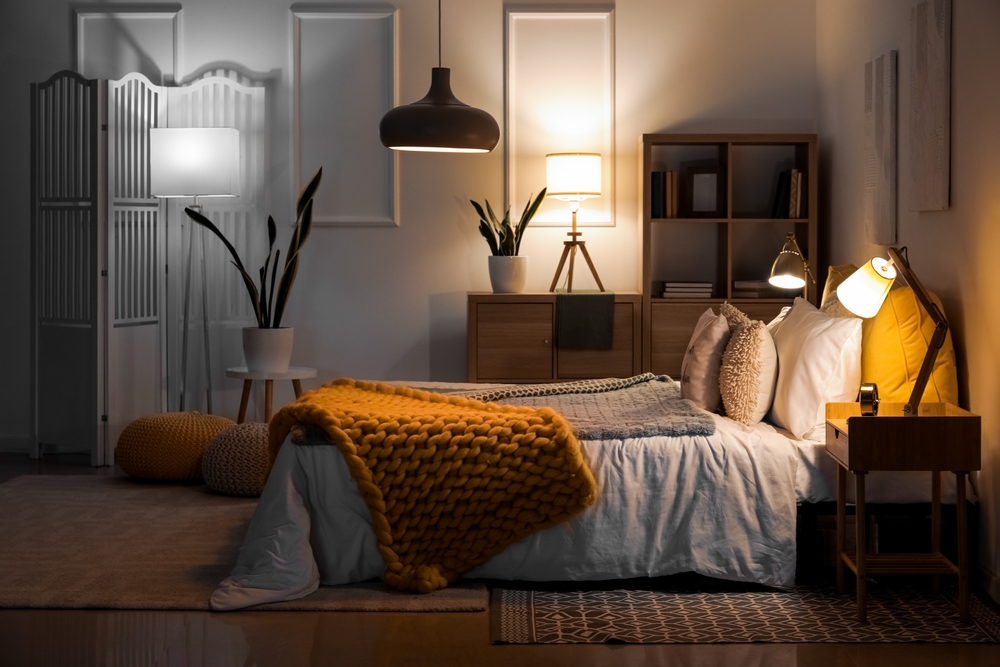
When burglars enter a home, they often head straight to the master bedroom. It is typically viewed as the jackpot because it contains many personal belongings that are easy to grab and resell. From a thief’s perspective, the master bedroom is almost guaranteed to offer something valuable, such as gold jewelry, designer accessories, or hidden cash. People tend to assume this room is private and secure, so they stash important items there out of habit. Unfortunately, burglars know this pattern. They target dressers, bedside tables, closets, and any decorative boxes left out in plain view. If your master bedroom is near the entrance or has a connecting bathroom, that makes it even more appealing since burglars can move through it quickly without being seen from the street.
2. Nightstands
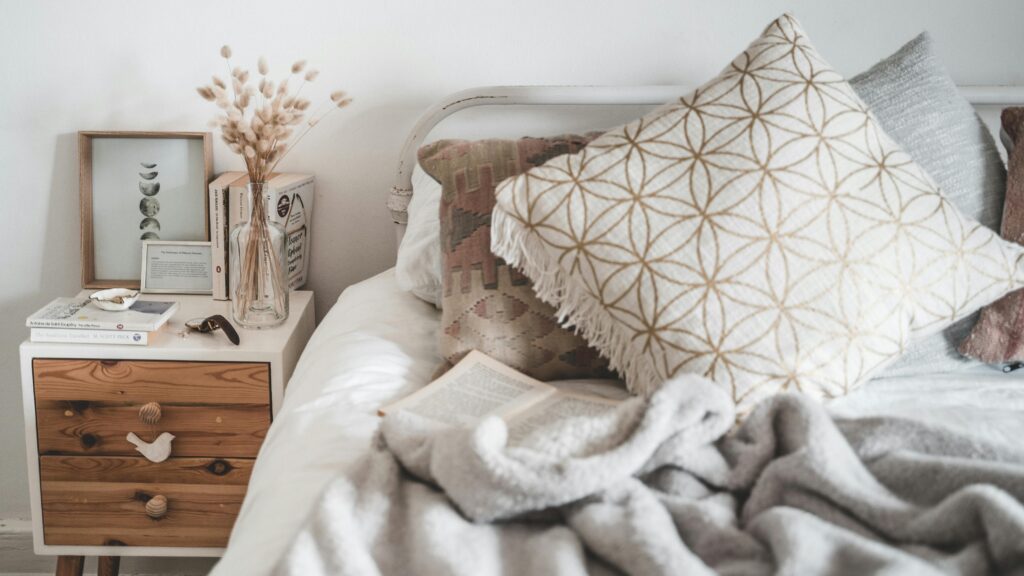
Nightstands are magnets for everyday valuables. Burglars treat them as one of the top locations to check because they are small, easy to access, and typically contain items like watches, phones, or cash envelopes. Many people keep spare keys, old wallets, or emergency cash tucked in these drawers. Others leave jewelry boxes right on top of the nightstand, thinking it looks decorative enough to be overlooked. Thieves often pull the entire drawer out or flip through its contents in seconds, grabbing anything that might be worth money. They will not hesitate to check both sides of the bed, especially if they see electrical cords that suggest chargers or personal devices may be inside.
3. Under the Mattress
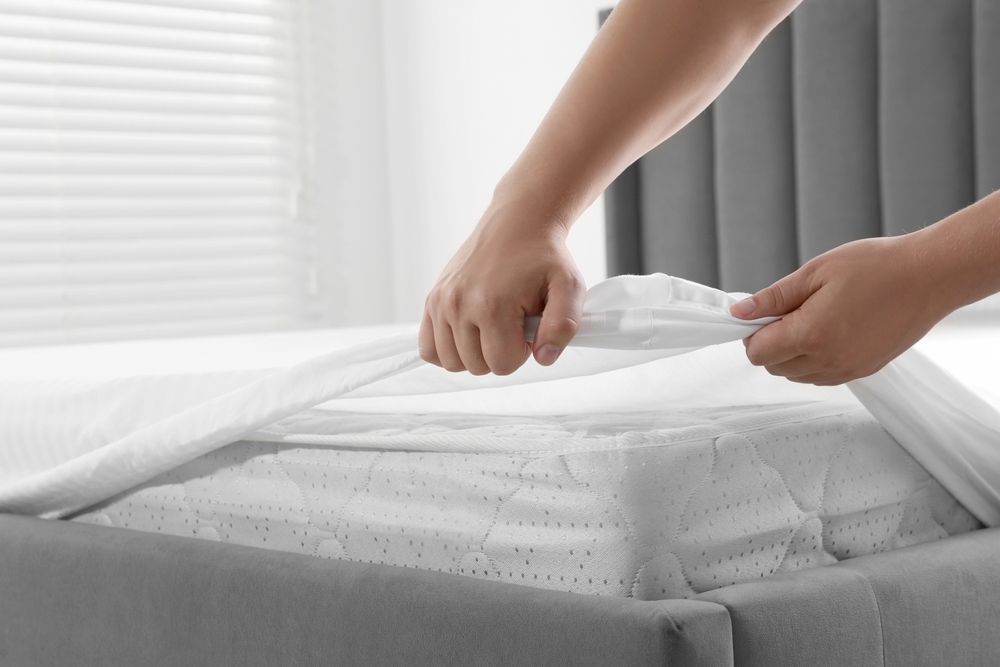
The space beneath the mattress has been used for decades as a hiding spot, but that history works against you. Criminals know it is one of the most obvious places for storing valuables. Whether it is a cash envelope, a firearm, or confidential documents, if it is under the mattress, it will likely be found. Some homeowners slide thin safes or boxes between the mattress and box spring, thinking the extra effort provides security. In reality, burglars often flip mattresses without hesitation because they are searching for fast, easy gains. If something is there, they will find it within seconds.
4. Dresser Drawers
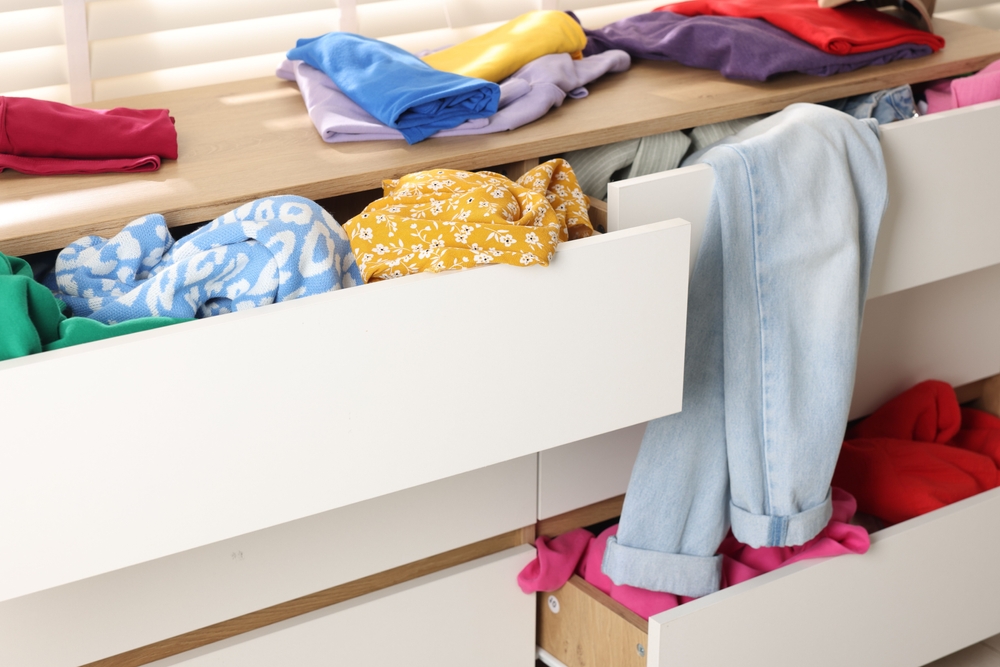
Dresser drawers offer multiple compartments to explore, which gives burglars a chance to find several small items without moving around too much. They know people hide things beneath folded clothes or in hidden compartments under removable trays. Some drawers might contain personal checks, backup credit cards, or cash hidden in socks. Burglars typically pull out each drawer and dump the contents onto the floor. They are not concerned with mess or damage. Their goal is speed and access. If you’ve hidden something important in your dresser, especially in the top drawer, it is probably the first thing to go.
5. Closets
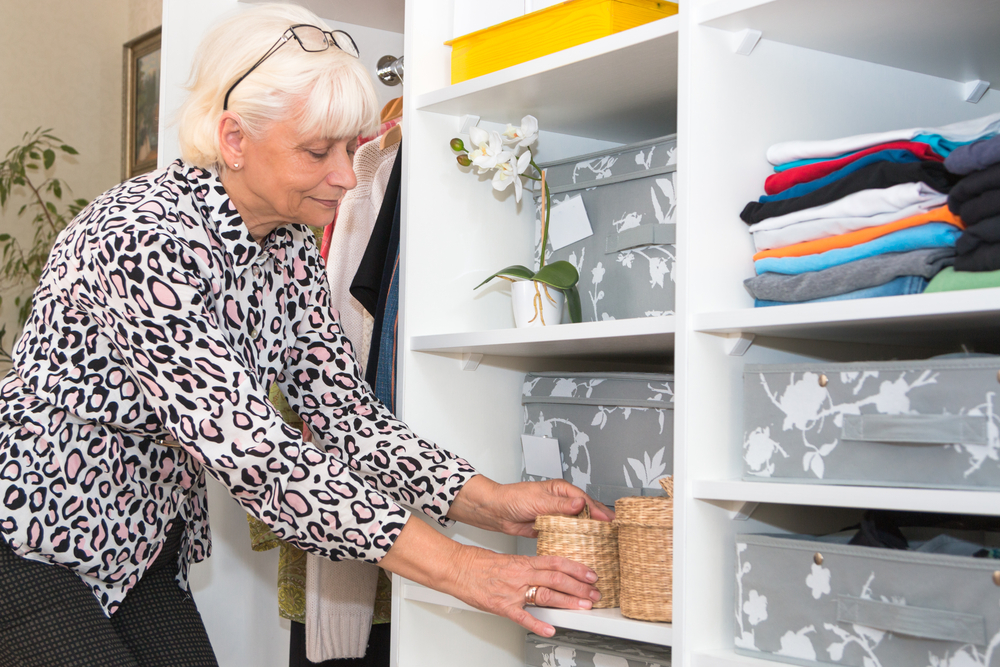
Closets may feel secure because they are enclosed and out of sight, but burglars see them as treasure chests. They often search closet shelves, floor corners, and jacket pockets looking for valuables. Items like designer handbags, shoes, or boxed electronics make closets appealing. Some homeowners keep family heirlooms or spare car keys in suitcases or storage bins within the closet. Criminals are aware of these tactics and often tear through bins or dump clothes to see what’s hidden underneath. If they have a few minutes, they will open every box and feel inside every pocket.
6. Medicine Cabinets

Burglars are not just looking for gold and gadgets. Prescription medication is also valuable, especially if it can be resold. Bathroom medicine cabinets are small but targeted storage areas. Thieves open them quickly, looking for specific labels or pill bottles they recognize. They know some medications are kept for emergencies and may be worth a lot on the street. In addition to pills, they also check for hidden envelopes, jewelry, or even old credit cards. Anything small and portable could be considered worth taking, and a quick scan of the cabinet is all it takes.
7. Freezers
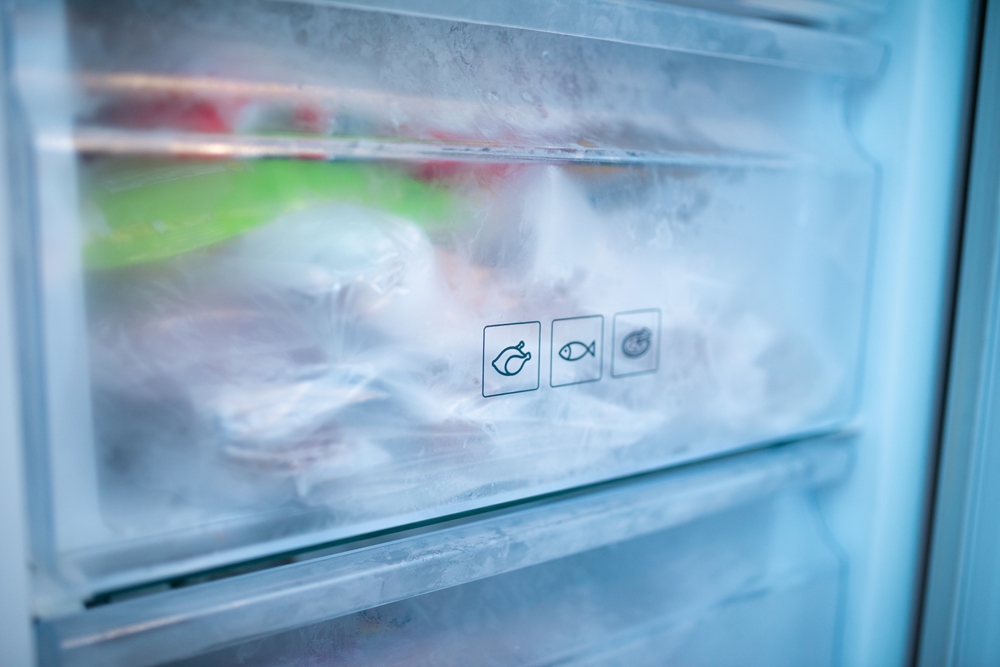
Freezers are not just for frozen peas and leftovers. Some homeowners wrap cash or documents in plastic and bury them behind bags of frozen food. Others try to be clever by taping envelopes under drawers or inside freezer containers. But these tactics are not as secure as they might seem. Burglars who are familiar with creative hiding methods will open freezer drawers, lift ice trays, and even knock on plastic containers to see if something is inside. If you think your freezer is an unusual place to hide valuables, you are not the only one. Criminals know it too.
8. Kitchen Drawers
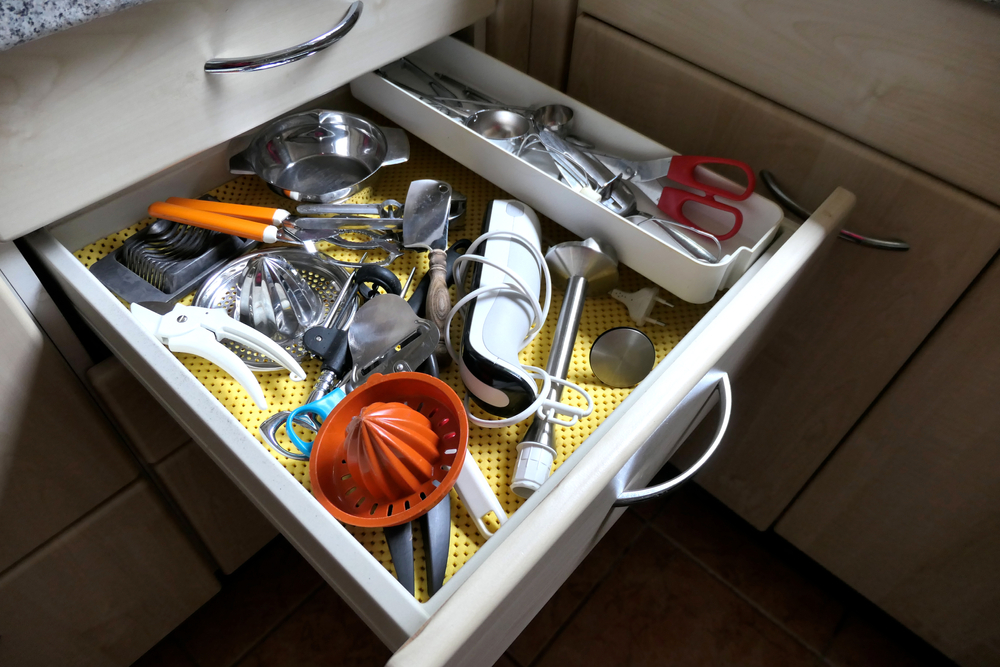
The kitchen is often seen as neutral ground, but it is also full of drawers that hold potential value. Burglars open kitchen drawers expecting to find spare keys, checkbooks, small electronics, or even hidden cash. Many people keep a “junk drawer” filled with everyday items that include prepaid cards, passwords, or ID documents. That makes it a goldmine in a thief’s eyes. They will not waste time organizing or searching slowly. A few yanks and flips of drawer contents can reveal more than you intended. Even small items like flash drives or USBs can hold personal data worth stealing.
9. Under the Bed
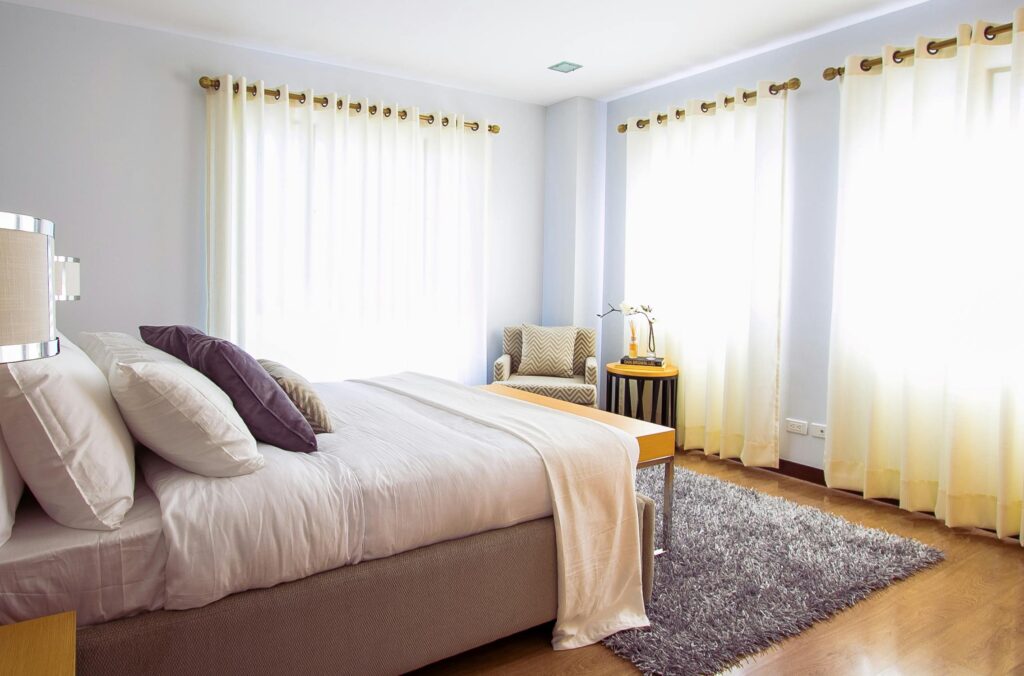
Hiding something under the bed might seem smart because it is out of immediate sight, but burglars always check there. They know people often store lockboxes, suitcases, shoeboxes, and personal items under the frame. Some homeowners use under-bed storage bins to keep important belongings, believing they are protected by layers of clothing or bedding. But burglars usually crouch down or shine a flashlight and pull everything out fast. If they spot wires, bags, or anything locked, they will assume it’s worth taking. This area is too easy to access and too often used to be a reliable hiding spot.
10. Office Desks
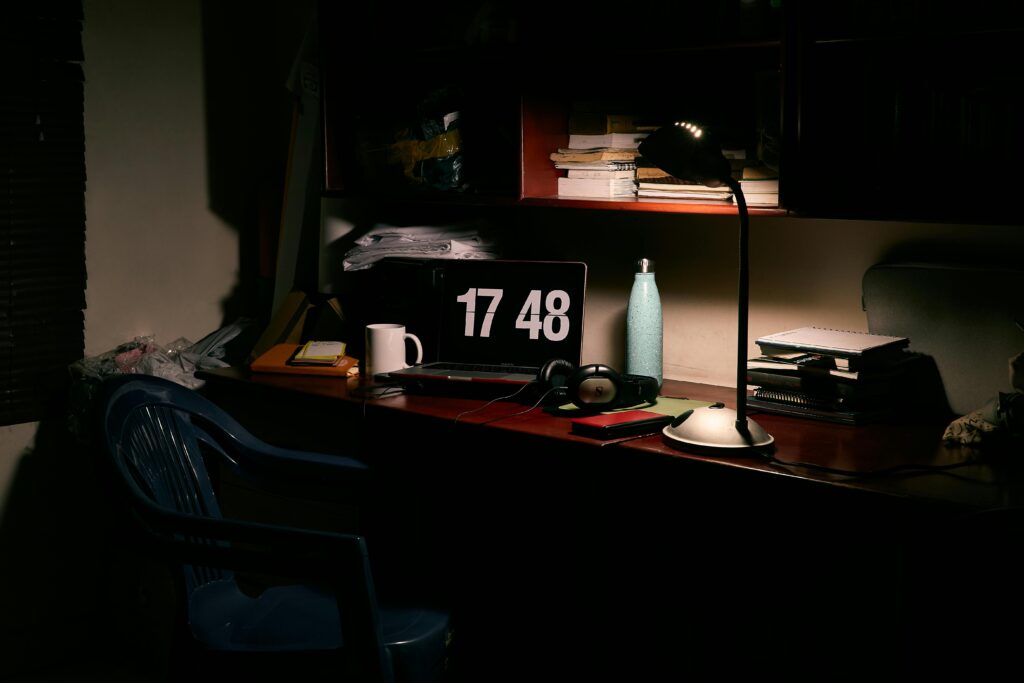
Home offices are filled with items that thieves want. Laptops, tablets, and charging cables are obvious targets, but desk drawers often hold more than just pens. Burglars look for checkbooks, passwords, signed documents, and personal records that could be exploited later. Even file cabinets are not safe unless they are locked and bolted down. A thief might pry them open or tip them to see if something is taped to the back. Home offices are also where people keep safes, which often sit unlocked or poorly hidden. If a burglar finds one, it becomes the main focus of the search.
11. Behind Picture Frames
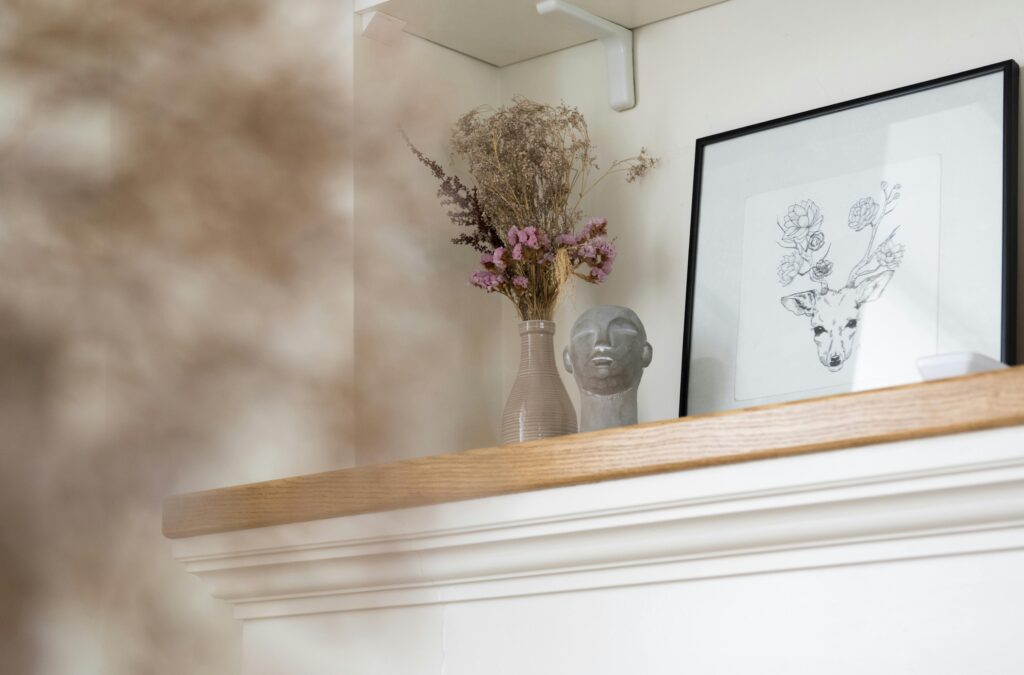
While it might seem like a clever idea to hide valuables behind hanging artwork or family photos, burglars are very familiar with this tactic. Picture frames, especially those that are oddly positioned or oversized, immediately attract attention. A thief can quickly lift or remove a frame to see if there is a wall safe, a taped envelope, or a hole carved into the drywall. Some homeowners install small safes behind art, but unless it is professionally secured and hidden, a burglar will pry it open or remove it entirely. What may feel creative to a homeowner is often exactly what a criminal expects to find, making this one of the riskiest places to store cash or important items.
12. Bookshelves
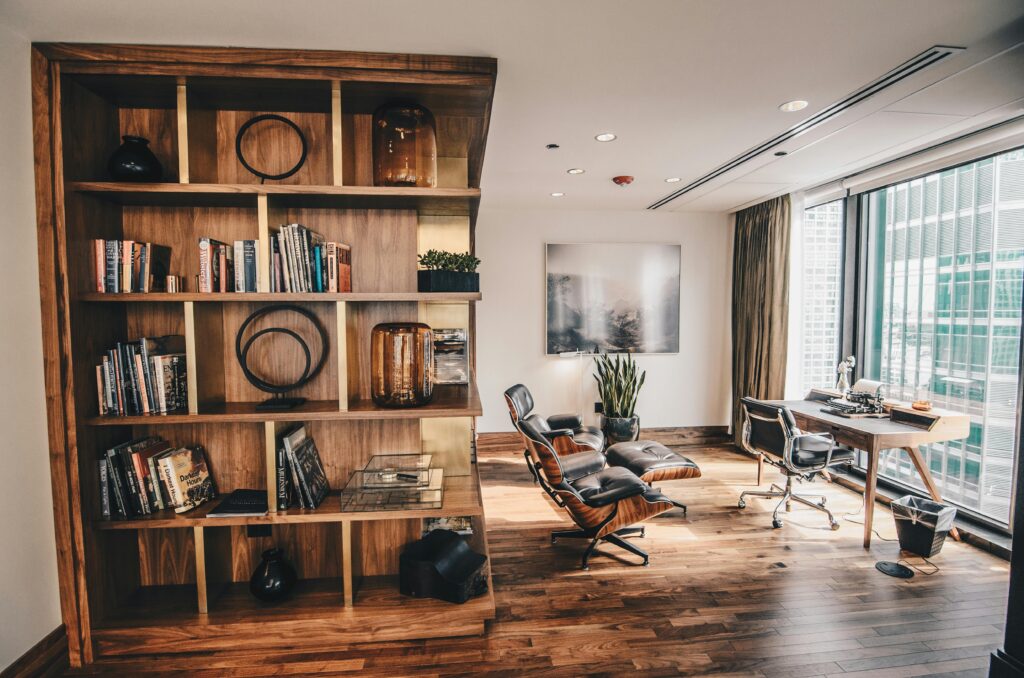
Bookshelves are more than just a display area for novels and decorations. Many people tuck cash, documents, or keys behind rows of books, assuming the clutter provides security. Others use hollowed-out books as secret containers, which burglars are also wise to. Criminals will often scan the spines for anything that looks off or out of place, such as newer books in a collection of old ones or titles that don’t belong. Some will simply knock over the entire shelf to reveal anything hidden behind it. They may also check inside decorative boxes, photo albums, and other storage containers that blend in on a bookshelf, all in search of small but valuable finds.
13. Drawstring Bags and Luggage
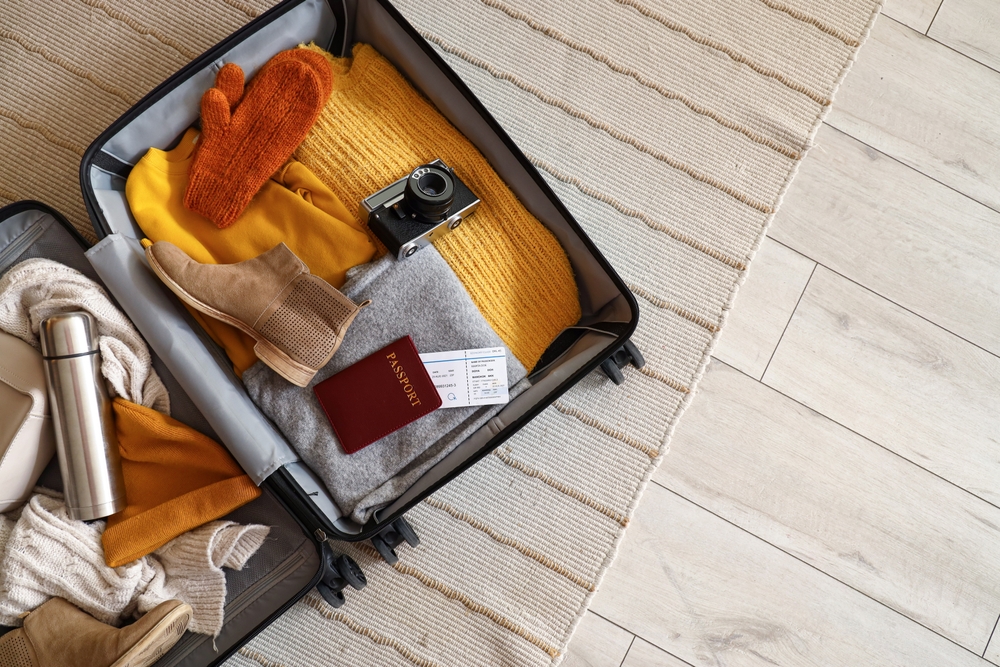
Burglars know that many homeowners use luggage and gym bags for more than just travel. These are often used as makeshift hiding spots for everything from cash and jewelry to electronics and sensitive documents. When stored in closets, under beds, or on top shelves, these bags can seem like they are safely tucked away. However, thieves target them specifically because they are portable, zippered, and easy to carry. A burglar can unzip each compartment and rifle through the contents in seconds. If the bag is already packed with valuables, it may even be used to carry out the rest of the loot. Leaving travel bags accessible and filled makes a burglar’s job much easier.
14. Laundry Hampers
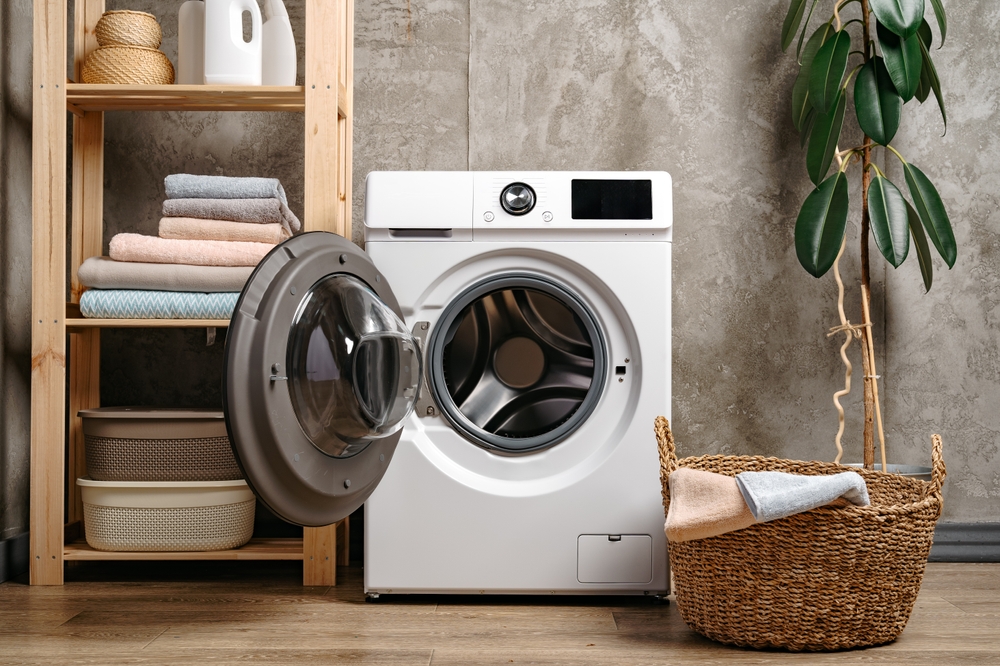
It might sound odd, but laundry hampers are surprisingly common places for people to stash valuables, thinking dirty clothes will deter attention. Unfortunately, some burglars go through hampers anyway. They know that homeowners may quickly toss an item into a pile of laundry during an unexpected knock or siren, and they count on that moment of panic. They also understand that cash, envelopes, or small boxes might be hidden under clothes or in pockets. Hampers near the master bathroom or closet are especially vulnerable, since they are already close to high-target areas. Thieves may dump out the entire hamper onto the floor just to be sure they are not missing anything small and valuable.
15. Behind the Toilet
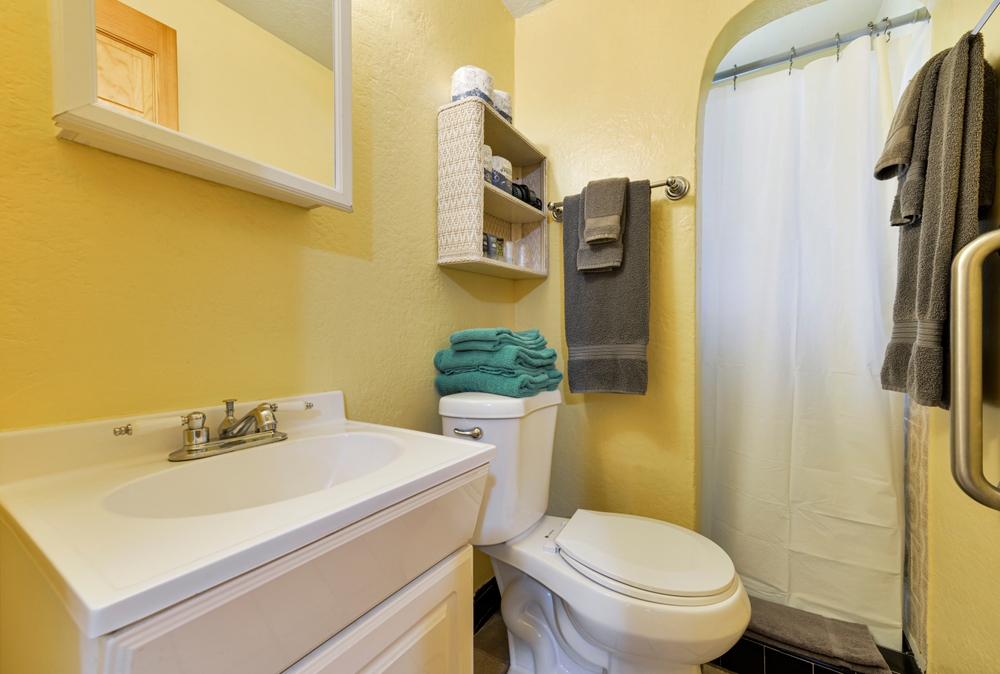
Behind the toilet is one of those niche hiding spots that sounds inventive but has become increasingly common. Some people tape small bags of cash or emergency items to the back of the tank or even lift the lid of the tank and hide items inside the water chamber. While this space is overlooked by many, burglars familiar with home security forums and survival tricks are already aware of it. They often check bathroom areas out of habit and will inspect anything unusual, including behind the toilet bowl, inside tissue boxes, or under sink cabinets. If something looks like it doesn’t belong in a bathroom, they’ll investigate further. For burglars with even a minute to spare, nothing in the bathroom is off limits.
16. Children’s Rooms
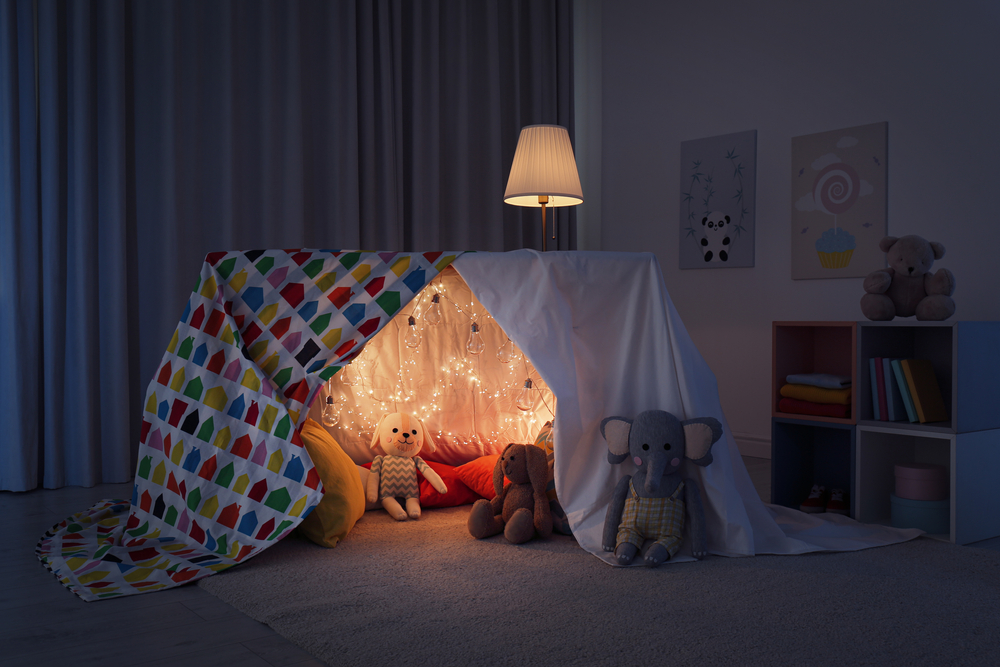
Many homeowners think burglars will ignore children’s rooms, assuming there’s nothing worth taking. However, experienced criminals know that people often stash valuables in unexpected places to avoid detection. That includes hiding documents, jewelry, or money inside a toy box, beneath baby clothes, or in stuffed animals with zippers. Burglars also look for electronics like tablets, portable gaming systems, or small safes placed in drawers. In some cases, a child’s room is used to store a family’s important items simply because it feels less obvious, but burglars are wise to this and may toss toys or dig through storage bins just as thoroughly as they would in a master bedroom.
17. Attics and Crawl Spaces
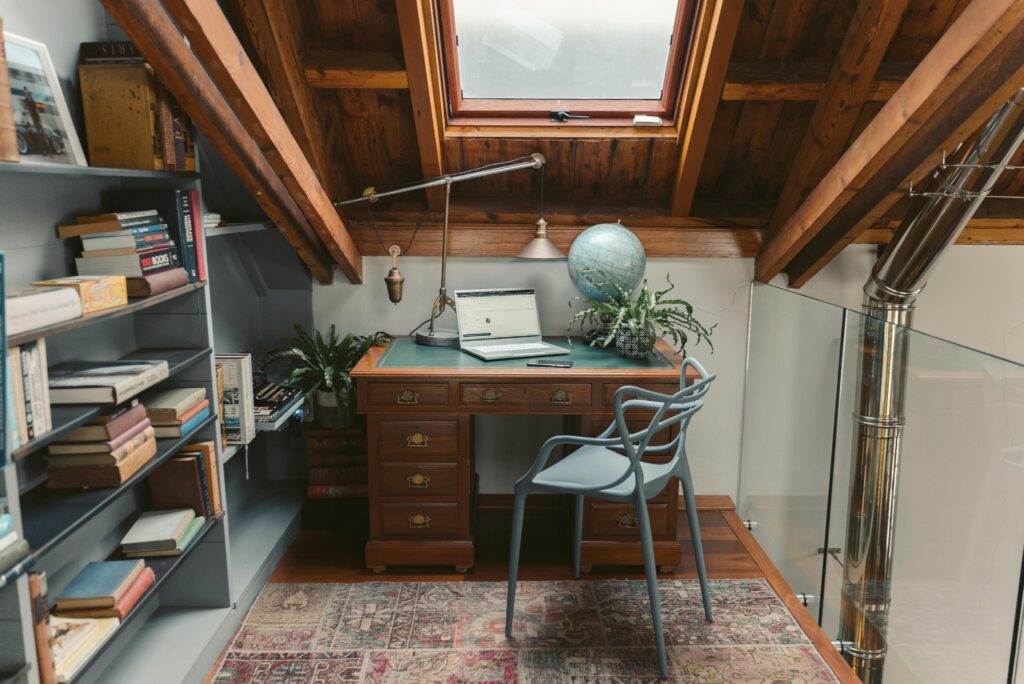
Attics and crawl spaces are less likely to be searched if the burglar is in a hurry, but if they believe the house is empty or they have extra time, these areas can be attractive. People often store family heirlooms, backup cash, or sensitive documents in boxes that are placed in rarely accessed parts of the home. Burglars know that a box labeled “old photos” or “holiday decor” might actually contain something valuable. If the space is easy to access, such as with a pull-down ladder or unlocked hatch, it won’t take long for them to check. Anything left in bins or cardboard boxes in attics or storage rooms should be considered exposed if the intruder is even slightly thorough.
18. Garages
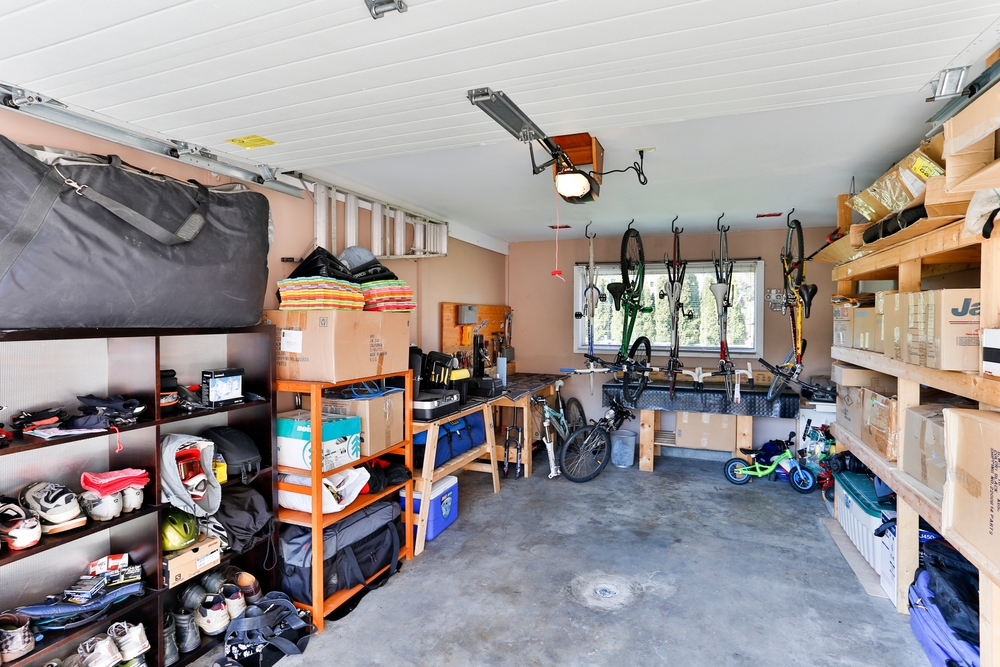
Garages are often overlooked by homeowners when it comes to hiding valuables, but burglars consider them full of potential. They’re large, easy to enter from the street or side yard, and often have weaker locks. Garages are commonly used to store tools, bikes, electronics, and even safes that aren’t bolted down. Some people keep spare keys, car documents, or large amounts of emergency cash inside toolboxes or drawers. Burglars may also check glove compartments or the center console of any car parked inside. If the car has a remote for a gate or another property, they might use that information for a return visit. A cluttered garage might seem like a deterrent, but to a thief, it means more places to search for valuable items.
Read More: 11 Must-Haves in Every Happy Home
Disclaimer: This article was created with AI assistance and edited by a human for accuracy and clarity.

